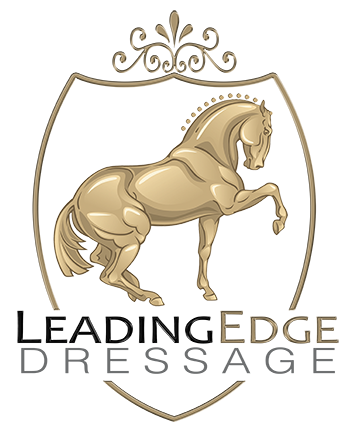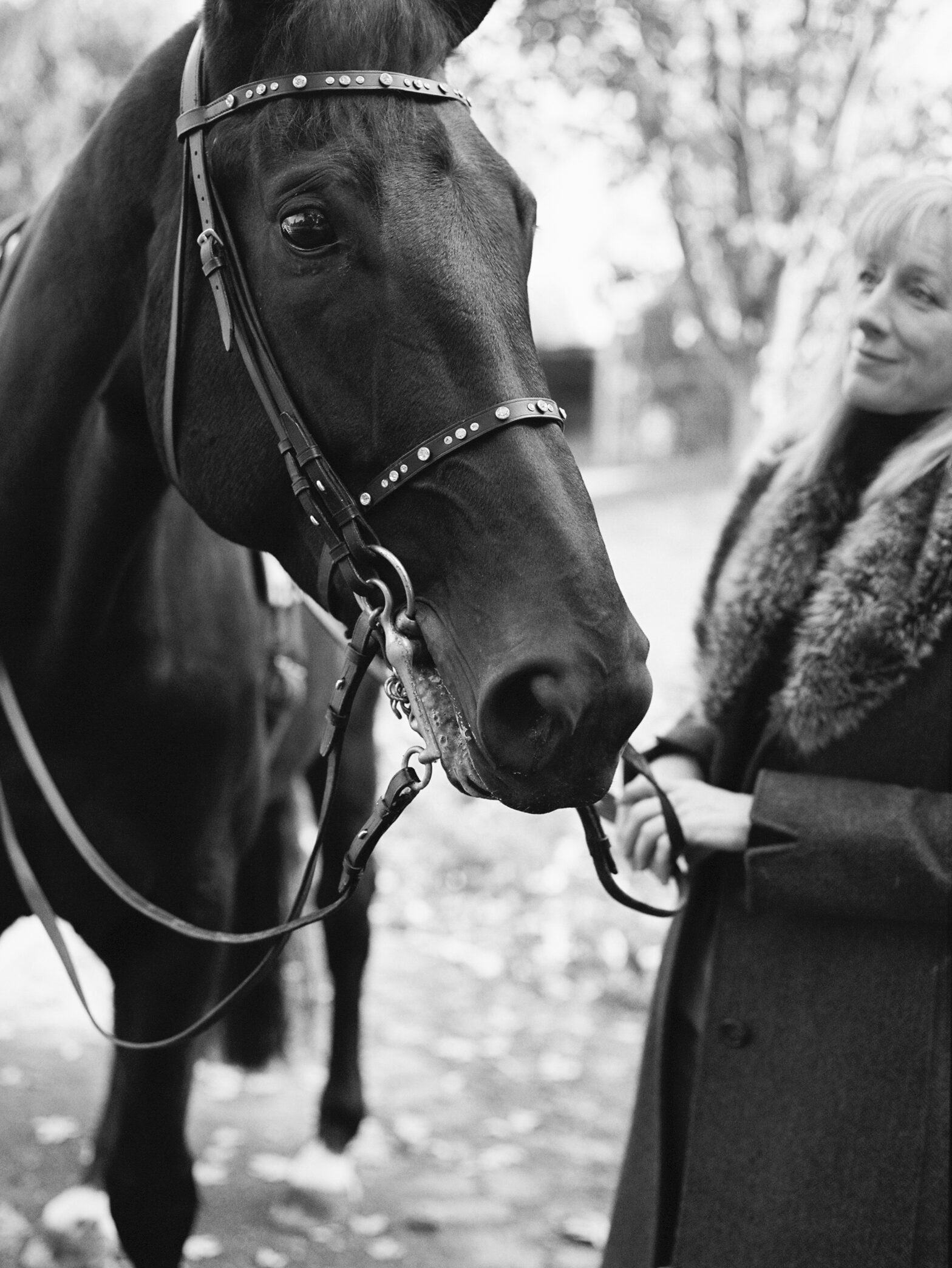There is a fine line between training the body and training the brain in your equine partner. While I have always used concepts of “natural horsemanship” in my building of the mind, this tool is only a slice of the big picture. I also use many classical dressage concepts to build the athlete they need to be to be able to carry out the demands of higher level riding.
I have found over the years that not many riders have the time or skill required to work the horses in such a way that they continually build the correct muscle group. For example, while I am not at all endorsing an over flexed short connection, I do believe that using side reins (preferably in a draw connection setup) can greatly benefit some horses. Part of the purpose of lunging in side reins is to build the back and core strength along with lengthening and suppling the topline. It also has a physiological effect of relaxing the mind and body of the horse when done correctly. The natural horsemanship path of getting a horse to lower its neck or stretch forward without any side reins does not always engage the large muscle group of the back and core muscles in the same way. And it can sometimes encourage an “on the forehand” posture. It is sort of like going to a gym, if you have a personal trainer that teaches you or motivates you to use a certain posture while you are working out, you will have a different result than if you attempt to just do your own thing. Horses do not understand biomechanics or how to build muscle and will not physically engage muscles unless it is necessary. That is the normal path of all equine, they seek the path that they deem easier.
When riding it can sometimes be a similar theme. Always letting them be free in the neck to look at whatever they want, encourages them to disengage the “connection” in both muscle and mind. There are times when addressing the mind is appropriate, but like everything in the horse world it is all about timing and assessing. Sometimes they need more fitness and less mind work, and other times more mind and less fitness. It is important to keep in mind that when you are working the mind, they will not always be using their muscles in a productive way, which may cause soreness in the days following. Not to say that the respect and brain work is not important. A strong horse with no mind connection can be a dangerous thing. Soreness is a part of building muscle, just like it is with humans, but making the wrong muscle group stronger (upside down horse that is looking at every little thing) Is not a good direction either. Understanding the impacts of different positions and programs you put your horse in is what matters. And being mindful of target muscle groups is key as well. Think about keeping them using the ones you want stronger and knowing when they are or are not. For me personally, I know I will have sore muscles after certain activities, but that does not mean I alter my plans. I just know I will need support after, (or wish I had a hot tub) and maybe proactively take some Ibuprofen. Your horse may need you to look at the stretching portion of the work, or to make sure you approach his workout like you would your own. Sets and repetition, stretching, warm up, and cool down time.
The key is timing and planning. Balancing the mind work with adequate core building and aerobic training so that they all develop at the same time. There is no short cut for building athleticism. Keeping your athlete fit is important in preserving the longevity of his body as well as mind. A horse pushed beyond the abilities of his body will become worried and tense, risking physical and emotional setbacks. If the fitness is there, and they feel confident in their ability it will reduce a portion of the concerns that cause mind connection failures (stress and anxiety). Being the rider and handler they need you to be will eliminate this risk.
My horses trust me, I am a confident leader, I communicate clearly, am fair, and I have realistic expectations of what their abilities are. This is all handled on a day-to-day basis, every time I enter their presence, the “Natural Horsemanship” principles is fore front, but in a very subtle way. How they react to their environment, and my interaction with them, is completely approached through what I know of horse psychology and herd mentality. (which is where the term Natural horsemanship, horse whisperer, or any other form comes from) Once I am in work mode, we are all business. My horses do not ask to look around, because they are confidently engaged in the dance..
In the wild they are hiking up and down hills, over rocks and branches all day every day. We ask them to work for an hour and have the level of fitness of an Olympic athlete. The amount of time and dedication it takes to create an international level horse is something that most people do not see. Saddles, farrier, vet, preventative maintenance, optimal nutrition, as well as serious a fitness program are all major pieces of the success. Finding the team that understands your goals is so important. If you are wanting to pursue competing seriously, your team needs to have a clear understanding of the goal, and the level of fitness/soundness needed. And they need to be people that have experience at that level. And you as an owner need to understand this has a financial implication as well.
The line between classical dressage and natural horsemanship it a fairly broad one with many gray areas. I like to think of it as True Horsemanship, not natural. There is nothing natural about what we do with these glorious creatures. We strive to use their natural tendances to assist in training them to become what we desire. A true horseman keeps the integrity of the horse in mind always. The old masters of Classical Dressage knew this. They just did not give it a label. But if you watch closely, you can see it in everything they do.

